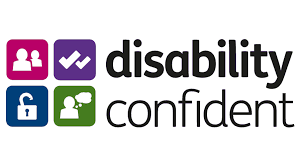Top 5 tips to boost your productivity

Working across different industries, time zones and clients, our team know a thing or two about staying organised.
Here's their top 5 tips for structuring your Monday to boost productivity and reducing stress...
1. Set Clear Goals and Priorities:
- Define your short-term and long-term goals. What do you want to achieve in the coming days, weeks, or months?
- Prioritise your tasks based on importance and deadlines. Use techniques like the Eisenhower Matrix to categorise tasks as urgent/important, important/not urgent, urgent/not important, or neither.
2. Create a To-Do List:
- Maintain a daily or weekly to-do list to keep track of your tasks.
- Break down larger projects into smaller, manageable steps. This makes it easier to tackle them one by one.
- Use whatever method suits your lifestyle best, whether that's digital tools or traditional pen and paper, whichever suits you best.
3. Use Organisational Tools:
- Leverage technology: There are numerous apps and software tools designed for holistic organisation and task management. Popular options include Trello, Asana, Todoist, or digital calendars like Google Calendar.
- Keep a physical planner or notebook for jotting down important dates, notes, and ideas.
- Use filing systems and folders for both physical and digital documents.
4. Declutter Regularly:
- Regularly assess your physical and digital spaces and declutter items you no longer need.
- Apply the "one-in, one-out" rule to prevent clutter from accumulating. For every new item you bring in, consider removing one.
5. Time Management:
- Practice effective time management techniques like the Pomodoro Technique to break your work into focused intervals with short breaks.
- Set specific time blocks for different types of tasks (e.g., email, meetings, deep work) to avoid multitasking and increase efficiency.
- Learn to say "no" when necessary. Overcommitting can lead to disorganization and burnout.
Remember that organization is a skill that takes time to develop. It's also a highly individualised process, so feel free to adapt these tips to fit your unique needs and preferences!
Find more tips and advice from the team, available for free, here.





